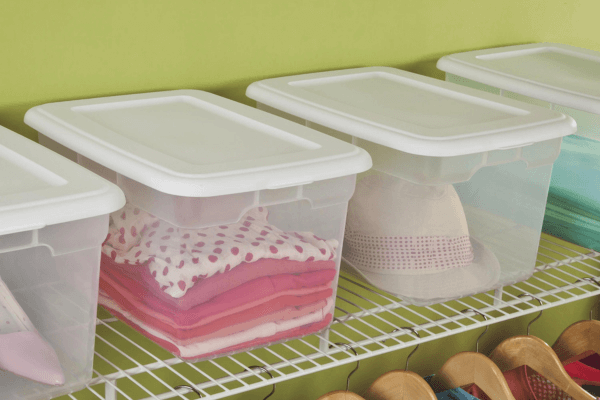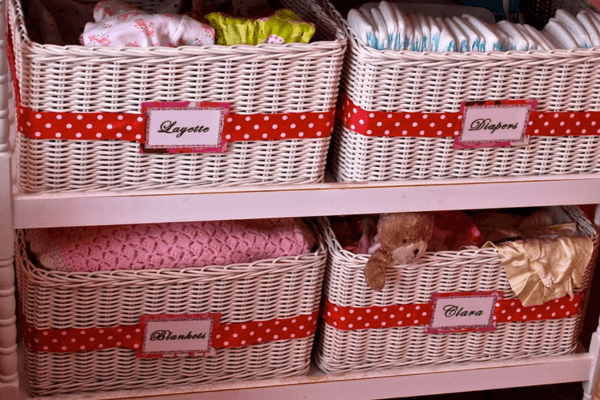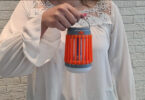Introduction
With the changing seasons, it’s time to switch out your wardrobe and make room for clothes that suit the current climate. Storing seasonal clothing can be a challenge, but with the right strategy and organization, you can keep your clothes in excellent condition and find them easily when the time comes to wear them again. In this guide, we’ll provide you with essential tips and tricks to effectively store your seasonal clothing and maintain an organized wardrobe.

Sort and Declutter Your Seasonal Clothes

Before you start storing your seasonal clothing, it’s crucial to sort and declutter your wardrobe. Follow these steps:
- Take out all the clothes from your closet and drawers.
- Sort them by season, type, and usage. For example, categorize them into summer/winter wear, formal/casual attire, and frequently/infrequently used items.
- Assess the condition of each clothing item. If it’s worn out, damaged, or doesn’t fit anymore, consider donating, recycling, or discarding it.
- Keep only the clothes that you’ll use in the upcoming season in your wardrobe, and prepare the rest for storage.
Clean Your Clothes Before Storing

To prevent any damage or unpleasant odors, always clean your clothes before storing them. Follow the care instructions on the label to ensure proper cleaning. Remember to:
- Wash or dry-clean clothes, as required.
- Iron clothes, if necessary.
- Ensure that all clothing items are completely dry before packing them away.
Choose the Right Storage Solutions

Selecting the right storage containers is essential for preserving your clothes. Consider these options:
- Plastic storage bins: These are an excellent choice for keeping your clothes safe from moisture, pests, and dust. Opt for clear containers to quickly identify the contents.
- Vacuum-sealed bags: These bags save space by compressing the air out, making them suitable for bulky items like winter coats and blankets.
- Fabric storage bags: Ideal for delicate or natural-fiber clothing, these bags allow airflow and prevent damage caused by plastic materials.
Properly Pack and Store Your Clothes
Packing your clothes correctly will help maintain their shape and prevent damage. Follow these guidelines:
- Fold clothes neatly, following the seams and lines to prevent excessive wrinkling.
- Place heavier items at the bottom of the container and lighter ones on top.
- Use acid-free tissue paper to separate delicate items and protect them from friction.
Maintain Optimal Storage Conditions
To preserve the quality of your clothes, store them in a cool, dry, and dark environment. Avoid direct sunlight, high humidity, and extreme temperature fluctuations. Basements, attics, and garages may not be suitable due to humidity and temperature changes. Consider using a spare room, closet, or under-bed storage for optimal conditions.
Label and Organize Your Storage Containers
Labeling and organizing your storage containers will make it easier to locate specific items when you need them.

Follow these tips:
- Label each container with a brief description of its contents, such as “Summer Dresses” or “Winter Coats.”
- Add the date of storage to keep track of how long your clothes have been stored.
- Use a color-coded system for different seasons or clothing types to enhance organization.
- Arrange containers in a logical order, placing frequently accessed items at the front and less frequently used items toward the back.
Rotate Your Wardrobe Regularly
Regularly rotating your wardrobe ensures that all your clothes get worn and prevents damage from long-term storage. As the seasons change, follow these steps:
- Remove the stored clothes from their containers and inspect them for any damage or odor.
- Wash or air out the clothes, if necessary, before adding them to your wardrobe.
- Store the outgoing seasonal clothes using the same guidelines mentioned above.
Protect Your Clothes from Pests and Moisture
Pests and moisture can cause irreparable damage to your clothes. Take the following precautions to protect your stored garments:
- Use cedar blocks or lavender sachets to repel pests like moths and silverfish. Avoid using mothballs, as they can be toxic and leave an unpleasant odor.
- Store your clothes off the ground to minimize the risk of water damage in case of flooding.
- Use silica gel packets or a dehumidifier to maintain optimal humidity levels in your storage area.
Conclusion
Storing seasonal clothing can be a breeze if you follow the tips and tricks outlined in this guide. By decluttering, cleaning, and properly storing your clothes, you’ll not only preserve their quality but also enjoy a more organized and efficient wardrobe. Start implementing these storage strategies today, and embrace a well-maintained wardrobe that serves you well throughout the changing seasons.






